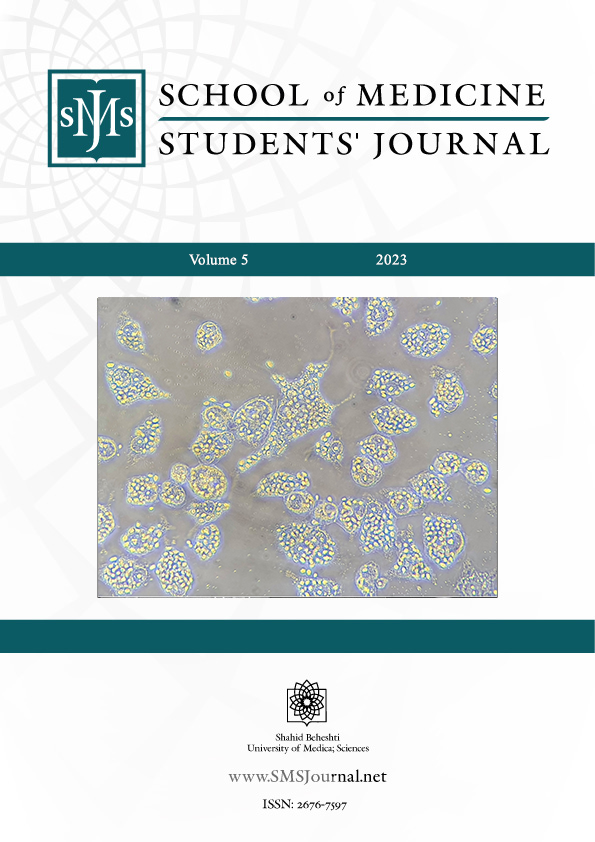Trend and Association of Mean Glycated Haemoglobin Levels to Ambient Air Pollution in Lower-Middle Income and High-Income Countries: A Secondary Data Analysis
Student Research in Translational Medicine,
Vol. 3 No. 4 (2021),
31 December 2021,
https://doi.org/10.22037/smsj.v3i4.34987
Background and Aim: There are numerous studies published regarding the association between air pollutants and diabetes mellitus but limited studies on the overall trend and association of Particulate Matter 2.5 and HbA1c among lower-middle-income and high-income countries. So, this secondary data analysis is aimed to investigate the trend of Particulate Matter 2.5 and Haemoglobin A1c and evaluate the association between them in these countries.
Materials and Methods: This is secondary data analysis. The values of Particulate Matter 2.5 (years 2010-17), fasting plasma glucose (years 2010-14), and Gross Domestic Product per capita (years 2010-18) for Lower middle income and High Income countries were obtained from relevant sources. Haemoglobin A1c values were calculated. Countries with missing data were excluded. The Independent-Student T-test and Pearson correlation were applied to analyse the data using the SPSS-23-Trial version.
Results: The Gross Domestic Product per capita in High-income countries increased significantly in the past10 years while minimal changes were seen in Lower middle-income countries. The particulate Matter 2.5 value has decreased, and there is a slight increase in Haemoglobin A1c in both groups. There is a substantially higher Gross Domestic Product per capita in High income countries, significantly higher Particulate Matter 2.5 in Lower middle-income countries, and similar HaemoglobinA1c in both income groups. There is a weak negative correlation between particulate Matter 2.5 and Haemoglobin A1c in Lower middle-income countries, while a significant positive correlation was seen in High-income countries.
Conclusion: The higher Particulate matter 2.5 in Lower middle-income countries is a concern because various studies have related the increased Particulate Matter 2.5 to increased Diabetes Mellitus prevalence. This demands the appropriate interventions in Lower middle-income group countries to reduce ambient air pollution and health planning to reduce the prevalence of Diabetes mellitus in the future.




